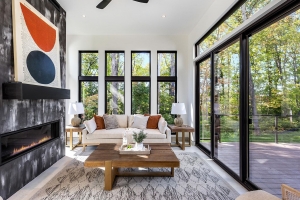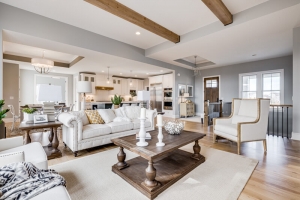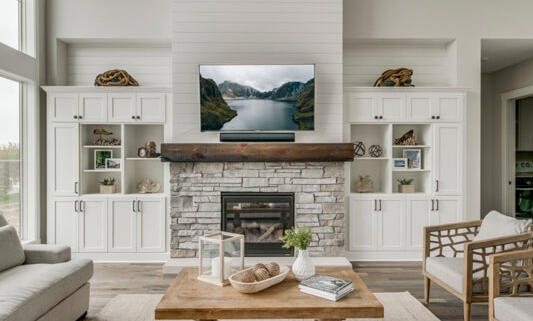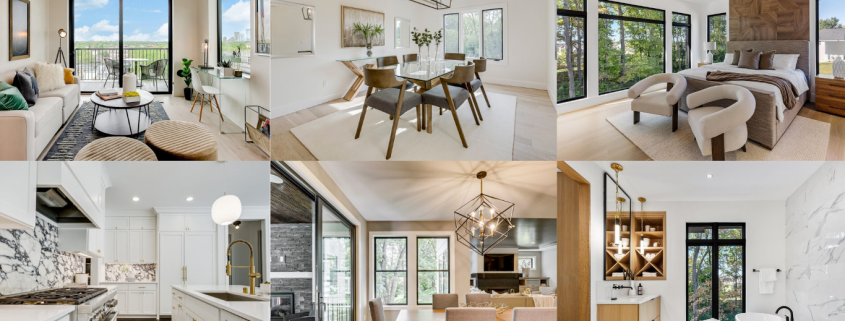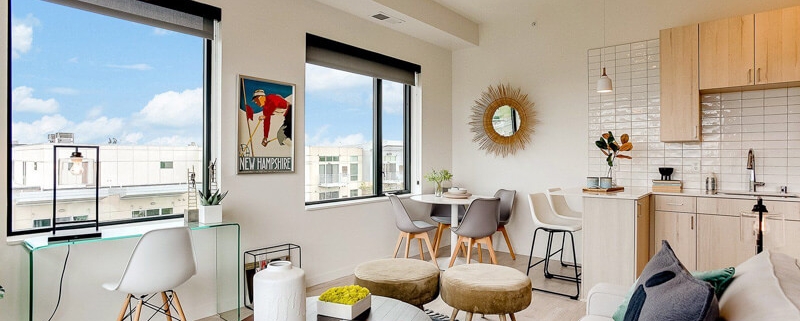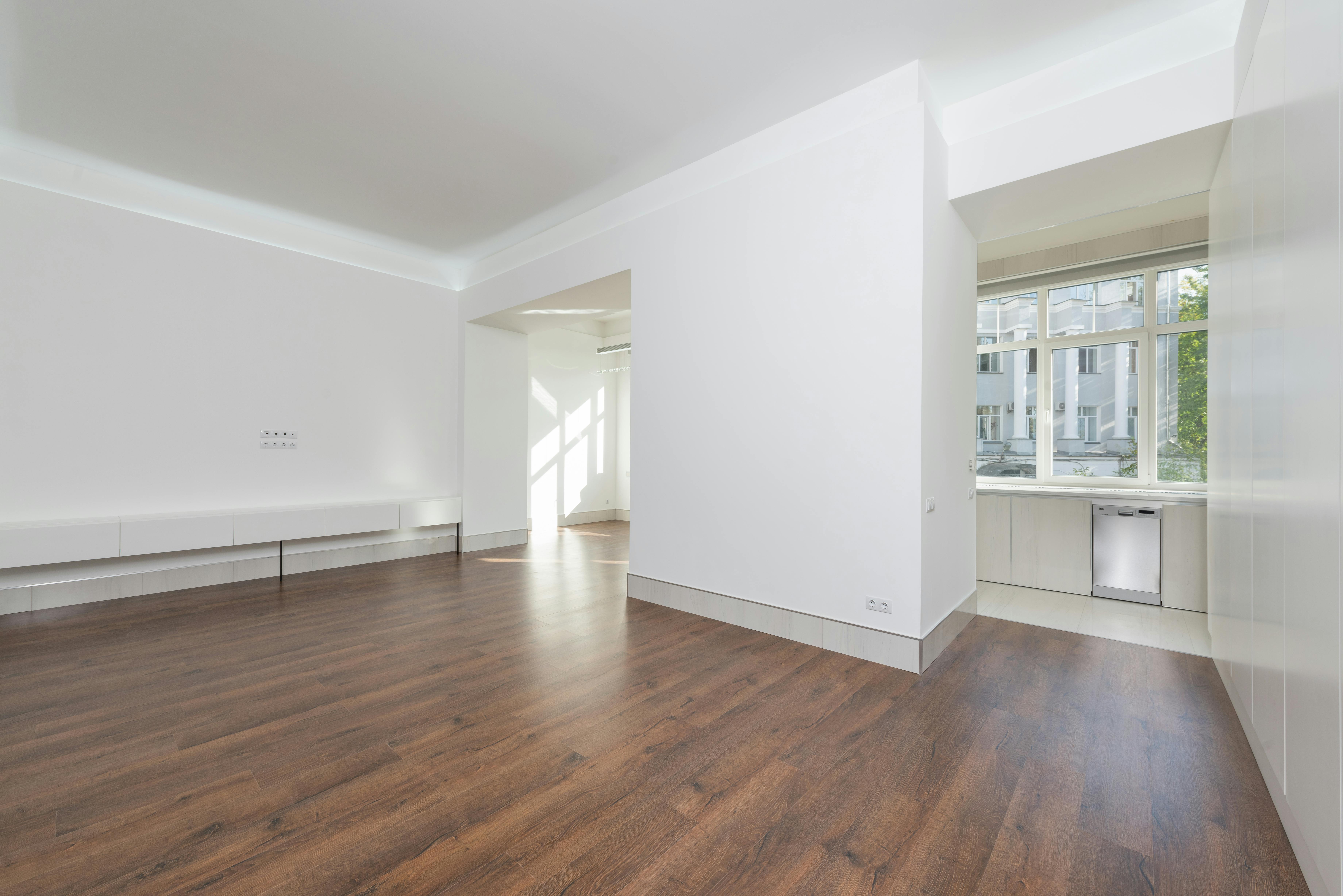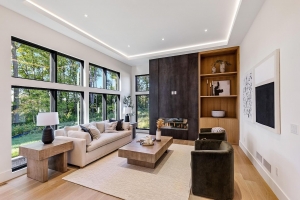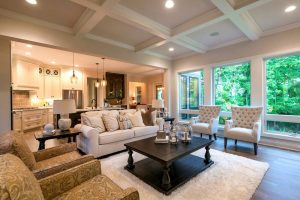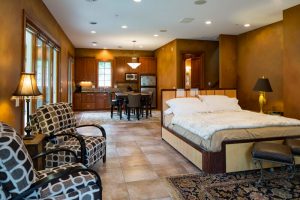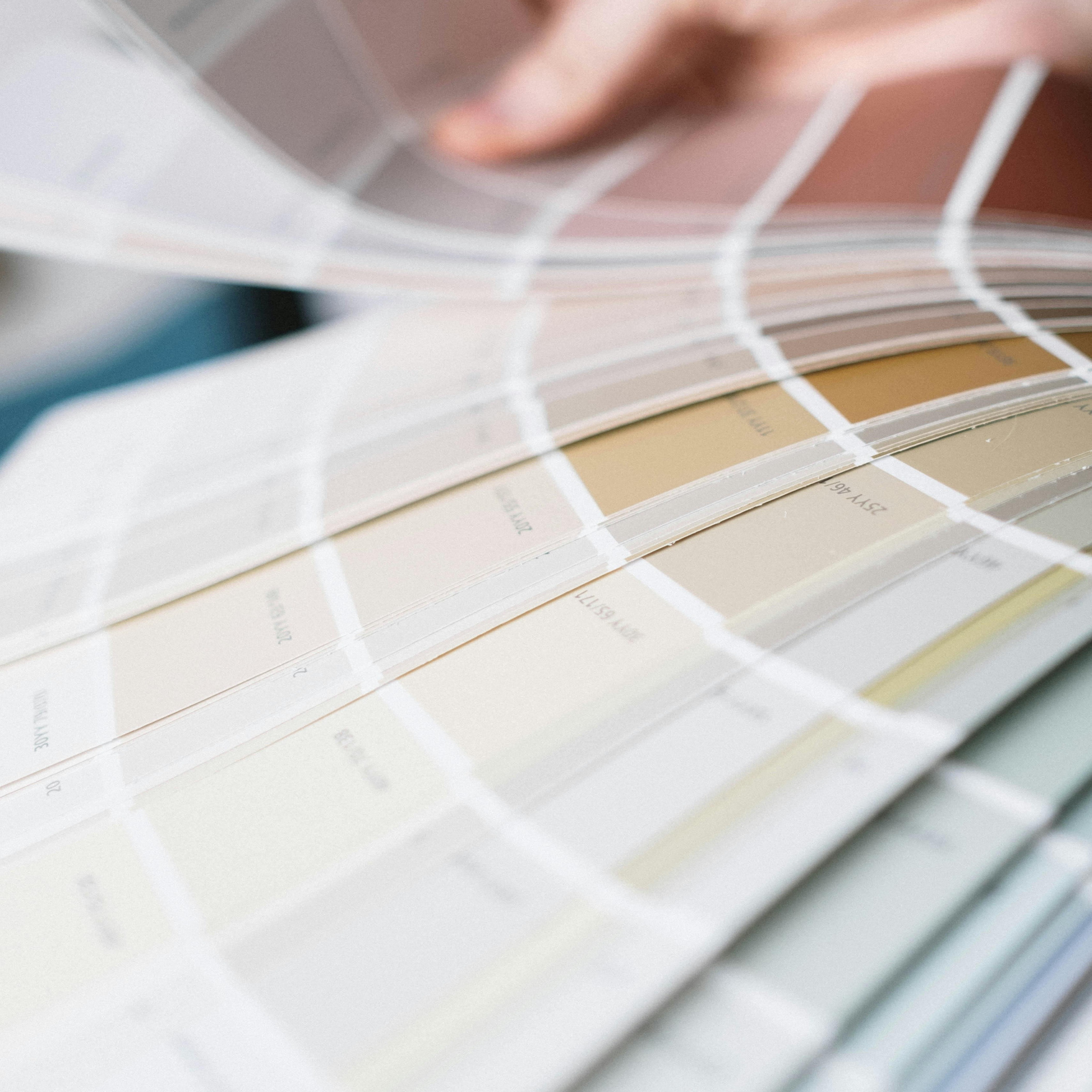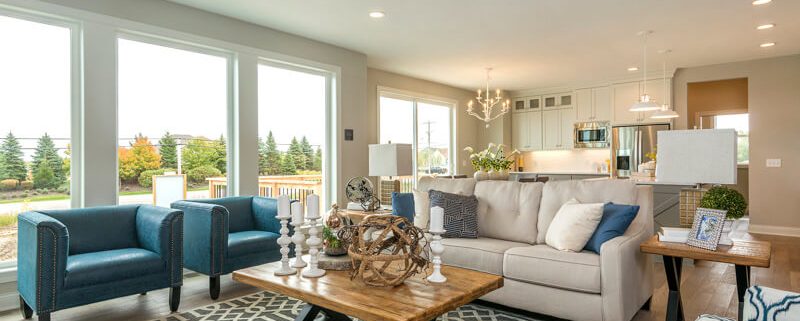Staging for Different Seasons: How to Adapt Your Home’s Look Year-Round
Want to keep your home looking fresh and inviting no matter the season? Home staging isn’t just for the spring market—by adapting your home’s look for each season, you can create a welcoming atmosphere year-round. Whether you’re selling or simply want to refresh your space, here are some easy tips for staging your home through every season.
Spring: Fresh and Inviting
Spring is all about renewal and freshness. To stage your home for this season:
- Bring in the Outdoors: Use fresh flowers, plants, and green accents to bring life into your space. A vase of tulips or a potted plant can brighten up any room.
- Lighten Up: Swap out heavy winter throws for light, airy fabrics like linen or cotton. Choose pastel or neutral colors to create a calming vibe.
- Let the Light In: Clean your windows and open the curtains to let in as much natural light as possible. A sunlit room always feels welcoming.
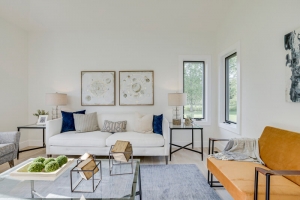
Summer: Bright and Breezy
Summer is the time for fun and relaxation, so make sure your home feels laid-back and airy:
- Cool Colors: Use light blues, whites, and soft yellows to create a relaxing, beachy vibe. These colors help rooms feel cool even on the hottest days.
- Outdoor Spaces: If you have a patio or balcony, stage it with comfy seating, outdoor rugs, and some fun string lights. Summer is all about enjoying the outdoors!
- Declutter: Keep your interiors simple and clutter-free. Open spaces are perfect for the laid-back summer vibe.
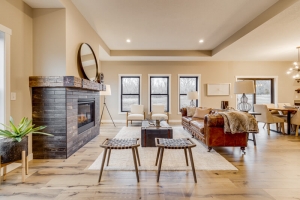
Fall: Cozy and Warm
Fall is the perfect season to make your home feel warm, cozy, and inviting. Here’s how:
- Warm Tones: Incorporate rich colors like burnt orange, deep reds, and golden yellows. Use these shades in your pillows, throws, and rugs to create a warm, cozy feel.
- Textural Elements: Add soft textures like wool or velvet for extra comfort. A soft throw on the couch or a chunky knit blanket adds warmth to your space.
- Autumn Accents: Decorate with natural elements like pumpkins, acorns, or dried leaves. These seasonal touches make your home feel connected to nature.
Winter: Inviting and Festive
Winter is all about comfort and coziness, especially when the temperature drops. To stage your home for the colder months:
- Layered Textures: Bring in plush throws, fluffy pillows, and soft rugs to create a warm, inviting environment. A few extra layers make your home feel like a retreat from the cold.
- Soft Lighting: Use candles or soft lamps to create a warm, intimate ambiance. Dimmed lights in the evening create a relaxing atmosphere.
- Holiday Touches: If you’re celebrating, incorporate subtle seasonal decorations like wreaths, garlands, or a beautifully decorated tree. Just be sure to keep it simple—too much decor can overwhelm buyers or guests.
Adapting your home’s look to the seasons can be a simple and fun way to keep it feeling fresh and inviting all year long. Whether you’re staging your home for sale or just looking to refresh your space, small seasonal touches can make a big impact. Embrace the changing seasons and let your home reflect the beauty of each time of year!

